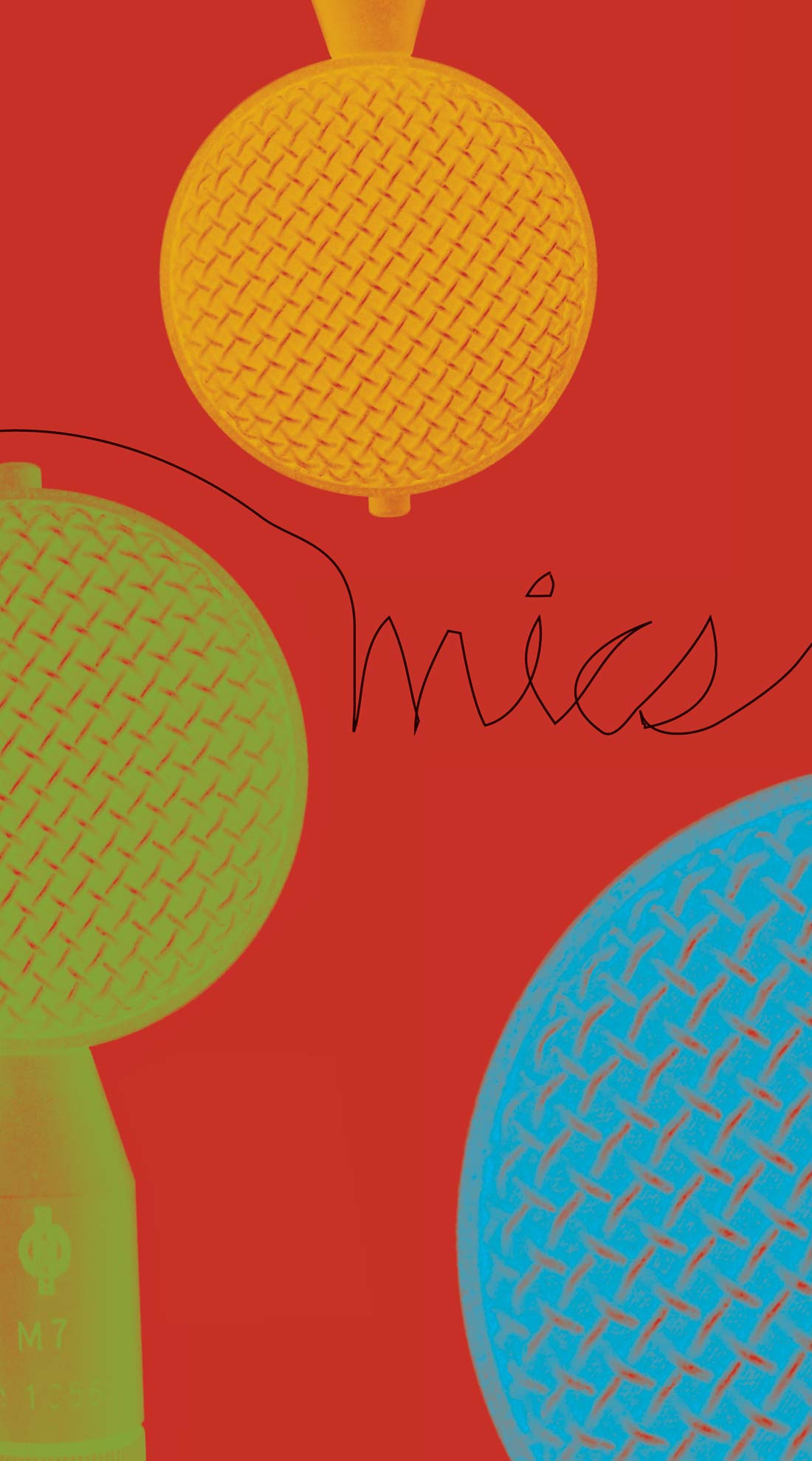In general, I'm not impressed by most of the "mastering- grade" EQ plug-ins on the market. I mean, I put reindeer antlers on my dog for Christmas card pictures, but it doesn't mean my dog can fly. Likewise, calling something a "mastering EQ" doesn't mean it can compete with hardware. So, I really didn't want to try PSP's MasterQ. However, I had been so pleased with PSP's Vintage Warmer (reviewed in Tape Op #39) that I decided to download the demo. And I'm really glad I did.
PSP's MasterQ is a parametric equalizer that can handle sample rates up to 192 kHz. The plug-in contains seven filters: low and high cut; low and high shelf; and low-mid, middle, and high-mid peaking filters. They all have adjustable frequency and Q settings that cover a wide range. Three additional features are worth mentioning. FAT stands for Frequency Authentication Technique, which is PSP's sample-rate doubling process that adds an octave above the Nyquist frequency and shifts phase and linear errors to this region. (Translation: FAT makes this plug-in sound less digital and more like real hardware.) You can defeat the FAT process, as it adds to latency and CPU drain. There is also a latency monitor that displays the overall delay caused by MasterQ. If your DAW doesn't support latency compensation, you can use this information to adjust the track timing. Finally, LIM-SAT proves a palette of limiting algorithms designed to keep MasterQ from clipping.
I used MasterQ in both mastering and mixing situations. For mastering, it was more colored than the MDW Hi-Res EQ or the Waves Linear Phase EQ, but it seemed more musical while maintaining the audio quality provided by MDW and Waves. Subtle boosts and cuts were typically enough for most applications. In fact, the sound reminded me of the Neve- designed Summit Audio EQ-200. In short, I have no reservations about saying MasterQ is truly mastering-grade. (However, I don't recommend LIM-SAT for mastering unless it's a sound you're going after.)
I found MasterQ to be extremely useful in a mixing situation. The filters help to round out tracks nicely, while the LIM-SAT features provide a wide range of effects in addition to the EQ. In fact, by pushing the input gain and picking different LIM-SAT settings, MasterQ can be used for really cool sounds. Moreover, you can defeat sections of the EQ that you're not using to conserve CPU. I quickly found myself using MasterQ instead of my normal go-to plug-in. I was able to run many instances on my laptop (albeit with FAT disengaged). A final bonus is the manual. In addition to being well-written, it also includes an introduction by mastering engineer Sakis Anastopoulos and an essay on the role of the EQ by Craig Anderton. While some manufacturers give short shrift to their documentation, PSP really delivered for MasterQ. I encourage readers to download the manual from PSP's website.
My only complaint is with the graphic display. It's rather small and the color scheme seems fuzzy to my eyes. I wish it would take up more real estate, as well. (Check out the MOTU Master EQ for an example of a ravishing graphic interface). But we should EQ with our ears, not our eyes! And the sound of MasterQ is so good it wouldn't matter if there were a display at all. If you're a DAW user, please go to PSP's site, and download a demo. This is one heck of a great plug-in, and at this price point, I dare say the best value on the market. ($149 direct, $250 bundled with Vintage Warmer; www.pspaudioware.com)




_disp_horizontal_bw.jpg)